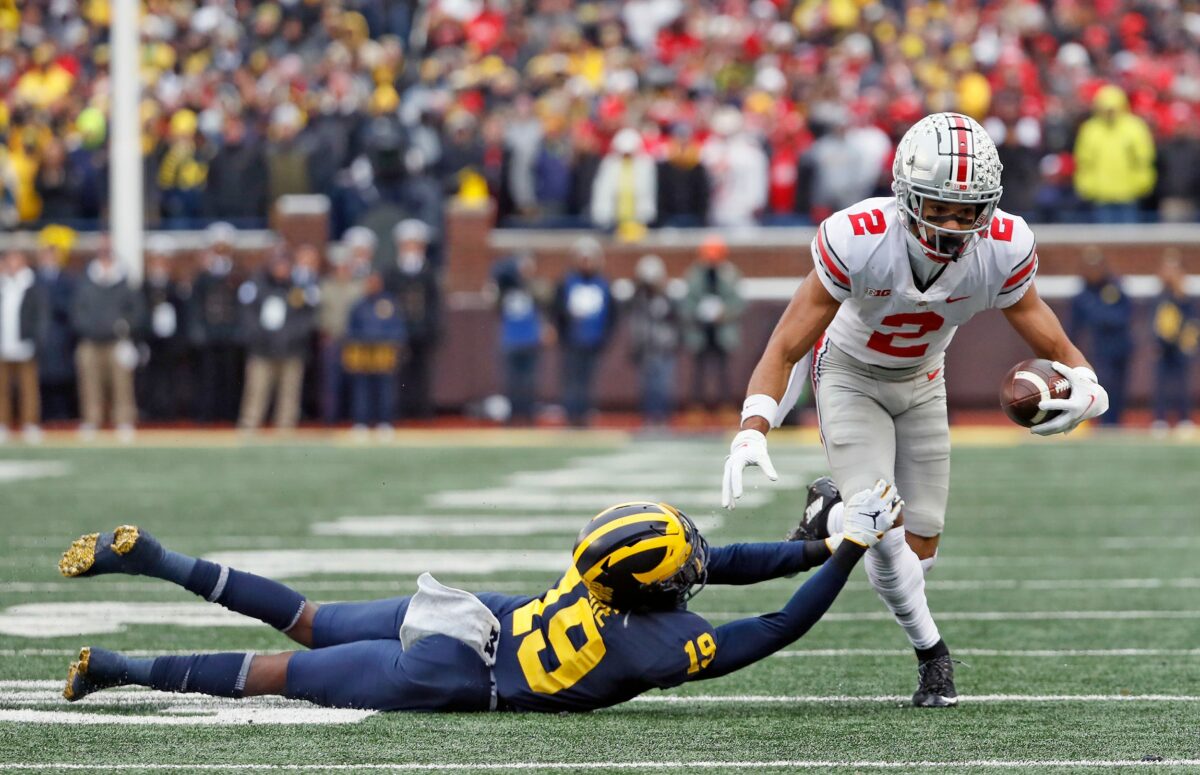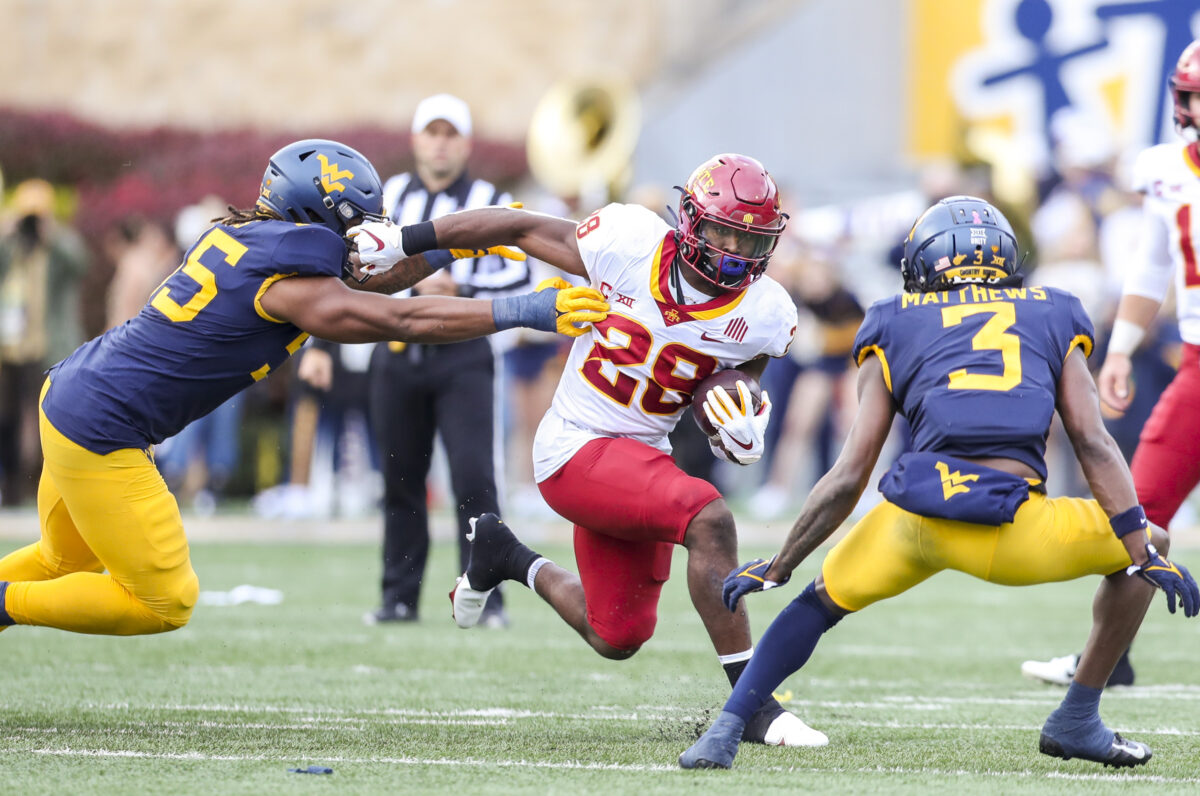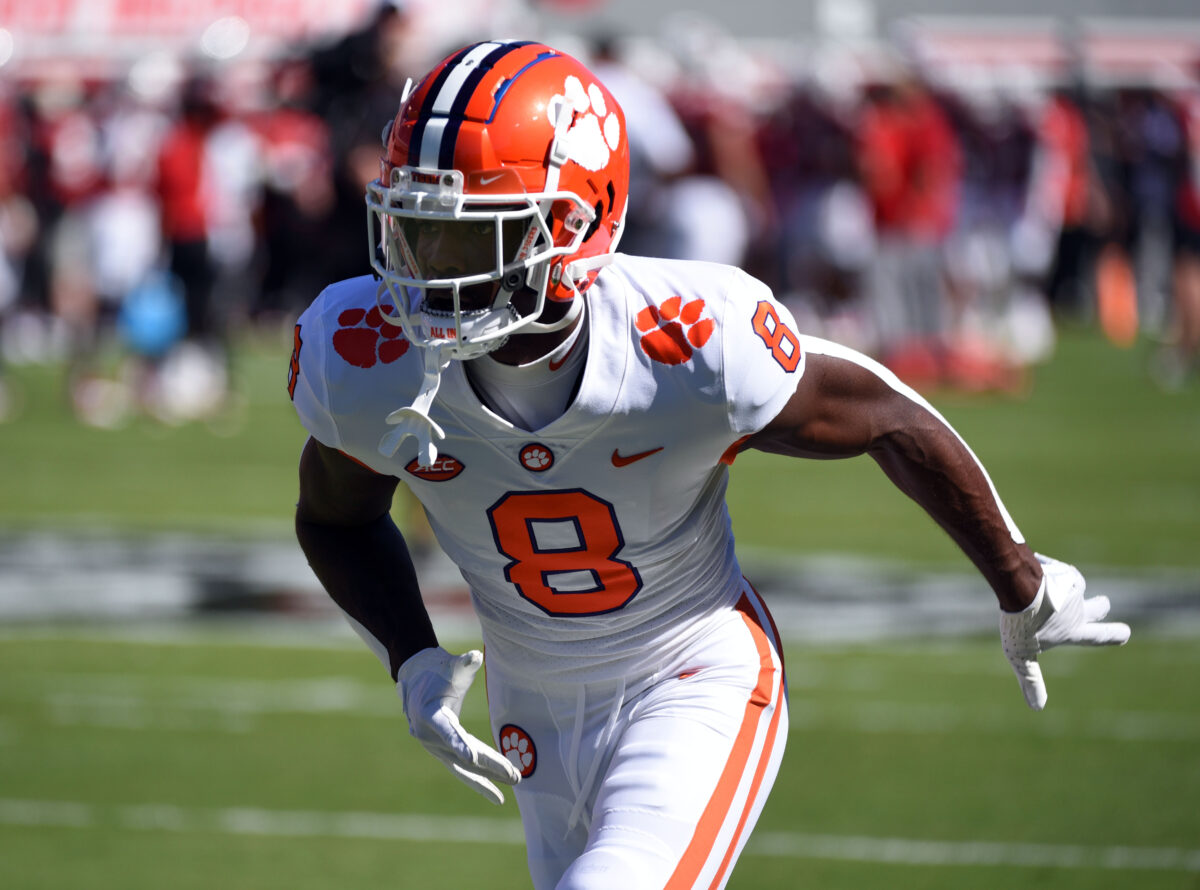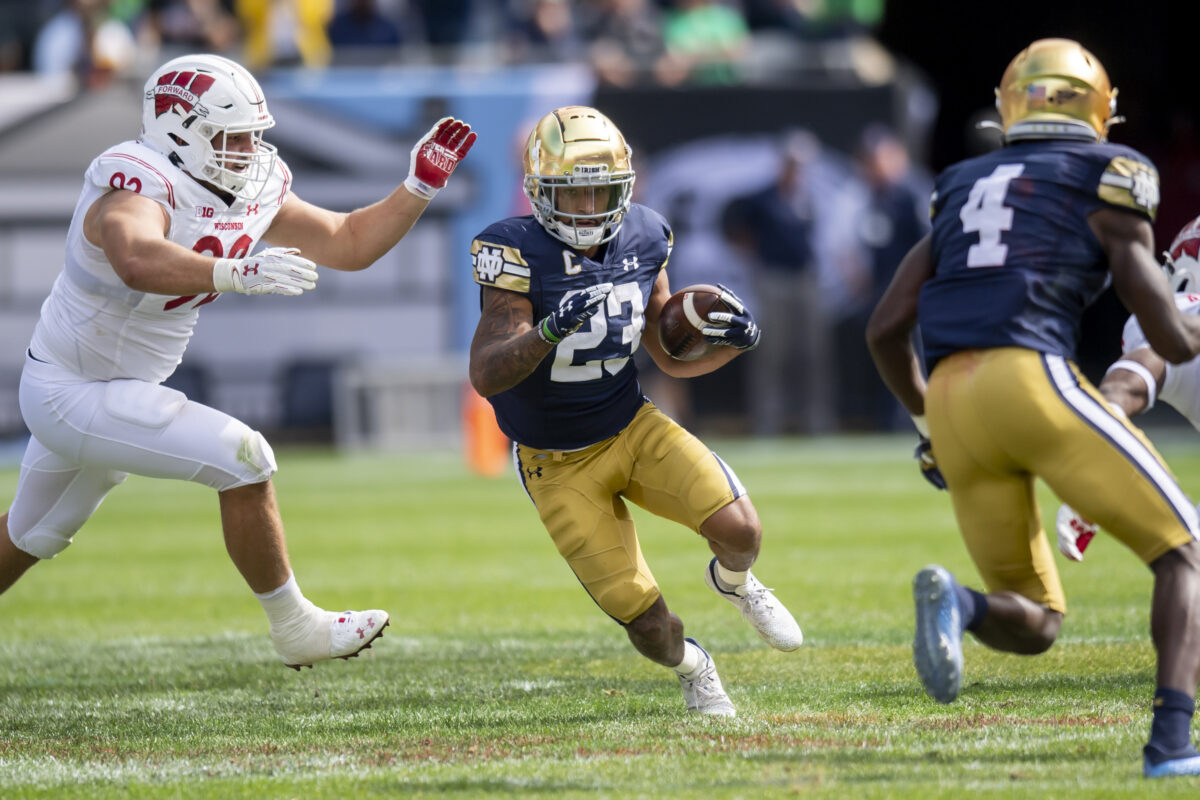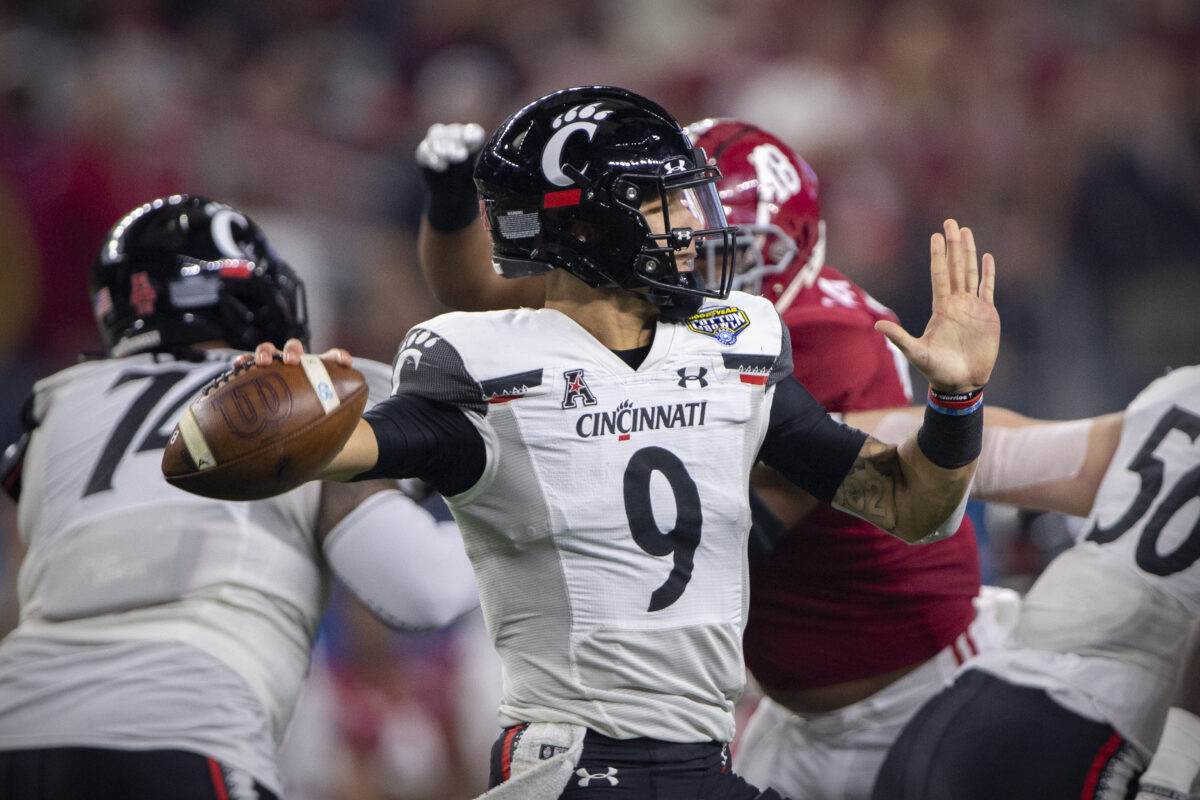Chris Olave is the prototypical wide receiver with a shot at becoming a No. 1 wideout for his NFL team. He blew up as a senior in high school with 1,764 yards and 26 touchdowns and opted to sign with the Buckeyes.
He played for four years, starting the final three. He considered declaring for the NFL draft after his junior season but opted to remain for one more year in order to improve his resume and draft stock after the 2020 season was shortened due to COVID. It worked. Olave ended his collegiate career with 65 catches for 936 yards and 13 touchdowns and is a likely first-round draft pick in April.
Height: 6-0
Weight: 187 pounds
40 time: 4.39 seconds
Notable too is that Olave played along with Justin Fields through 2020 and was the leading receiver for Fields last two seasons. That topped out at 840 receiving yards as a sophomore during his only full season with Fields. In 2021, Fields left and while Olave posted a career best 936 yards on 65 catches, he was only the third on the Buckeyes in receiving yards and catches with C.J. Stroud as the new quarterback that remained in the pocket. Both Garrett Wilson (70-1,058-12) and Jaxon Smith-Njigba (95-1,606-9) were more productive than Olave.
Table: Chris Olave NCAA stats (2018-2021)
| Year | Team | Games | Catch | Yards | Avg. | TD | Runs | Yards | TD | Total Yards | Total TDs |
|---|---|---|---|---|---|---|---|---|---|---|---|
| 2018 | Ohio St. | 7 | 12 | 197 | 16.4 | 3 | 0 | 0 | 0 | 197 | 3 |
| 2019 | Ohio St. | 13 | 48 | 840 | 17.5 | 12 | 2 | 5 | 0 | 845 | 12 |
| 2020 | Ohio St. | 7 | 50 | 729 | 14.6 | 7 | 1 | 0 | 0 | 729 | 7 |
| 2021 | Ohio St. | 11 | 65 | 936 | 14.4 | 11 | 0 | 0 | 0 | 936 | 11 |
Pros
- Holds Ohio State career record with 35 receiving touchdowns.
- Scoring threat on every play, dangerous after catch
- Excellent route runner
- Experienced and mature receiver
- Creates separation at all three levels
- Impressive football intelligence, finds the open areas
- Can start and stop on a dime, tremendous balance
- Great hands
- Works with quarterback when play breaks down
- Highlight reel catches
- Elite speed can be lethal on vertical routes
- Impressed at the combine
Cons
- Was at best with a mobile quarterback, not a pocket passer
- Lacks the bulk for effective run blocking
- Lanky frame may struggle against outside press
- Needs to improve strength to handle aggressive cornerbacks
Fantasy outlook
Chris Olave was a playmaker at Ohio State and a touchdown machine in their offense. He’s expected to be a first-round pick that will be selected as early as the middle of the round. He’s a tremendous athlete and his intelligence and maturity cannot be overvalued.
This natural pass-catcher helped Justin Fields become a top draft choice last year, and his one season with a pocket passer resulted in career marks for Olave. His great hands and elite speed will translate well into the NFL and as a mature, four-year player at Ohio State, Olave shouldn’t have as long of a learning curve as many other wideouts.
Olave will be drafted to become an eventual No. 1 receiver for his team, if not a challenger even as a rookie. His only downside is that 6-0, 187-pound frame that could impact his blocking skills and ability to handle physical corners. He’ll likely add a few more pounds of muscle in the NFL.
He’ll be taken early enough that there’s no question about his fantasy relevance as a rookie. He’s worth a pick in any fantasy draft, and if he lands in an advantageous situation, he could quickly work his way into being a fantasy starter.
